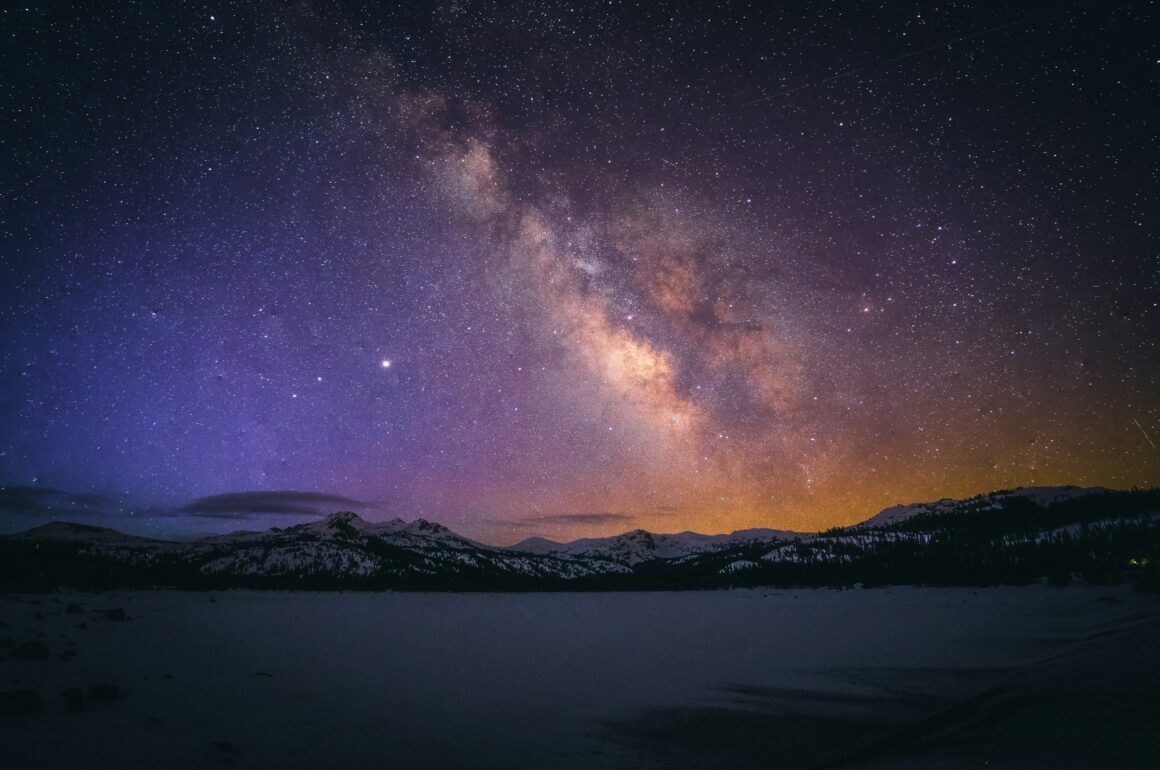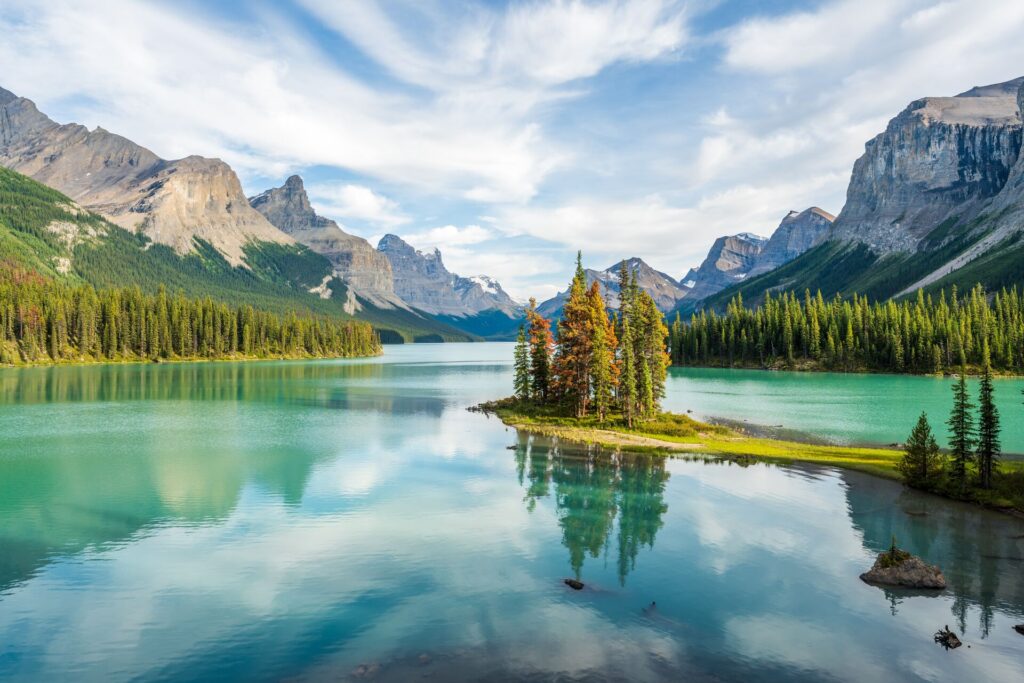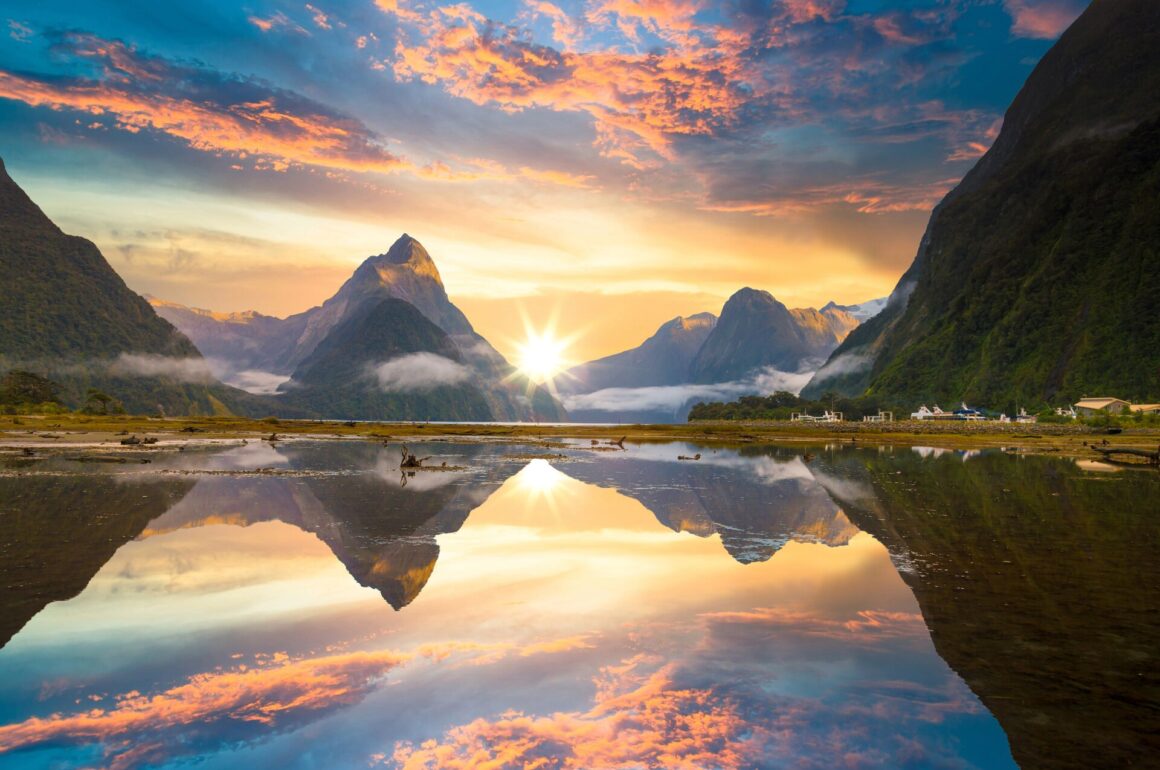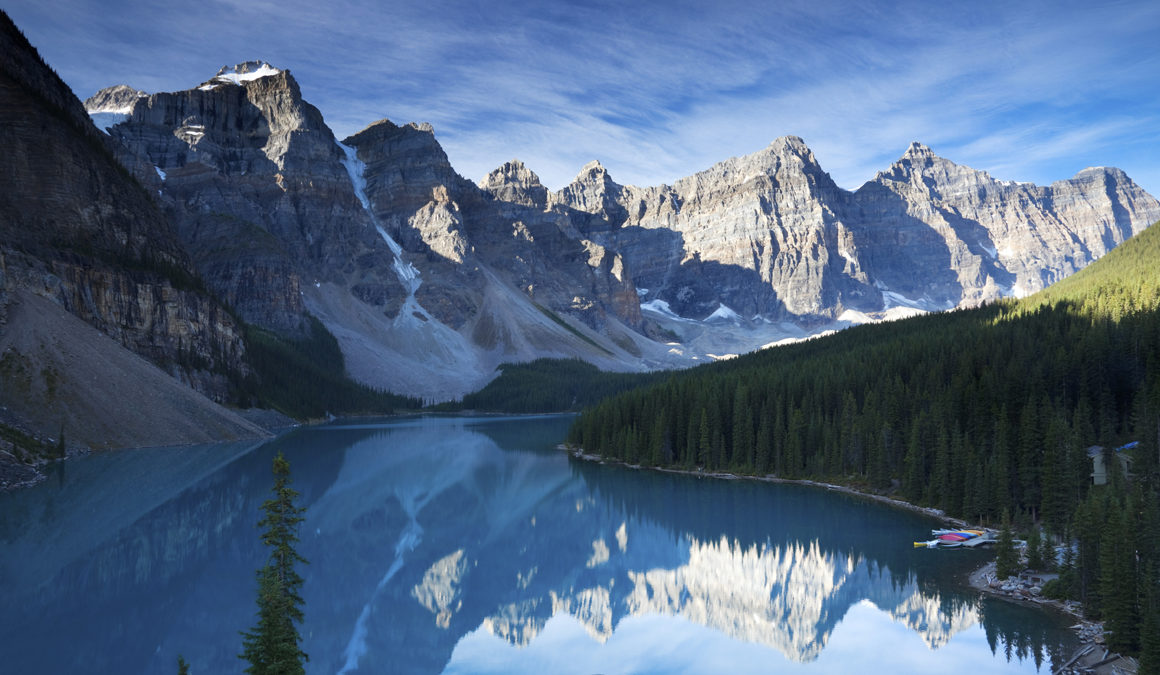If the range of journeys offered by Luxury Gold doesn’t go quite far enough for you and you’re more concerned with seeing things beyond this planet, perhaps a stargazing vacation is in your future. Forget white sand beaches and Michelin stars – you want stars and planets, meteor showers and the Milky Way. Before we dig into some of the world’s best places for stargazing, let’s run through some basics.
What is stargazing?
Stargazing is the simple act of observing the night sky for enjoyment. It is – in fact – about so much more than stars. Other objects visible in the clearest night skies include comets (large objects made of dust and ice that orbit the sun), meteors (space rocks that have entered the earth’s atmosphere), asteroids (sometimes called minor planets – rocky, airless remnants left from the formation of our solar system, 4.6 billion years ago), planets (celestial bodies that orbit the sun) and even entire galaxies (huge collections of gas, dust, and billions of stars and their solar systems, all held together by gravity).
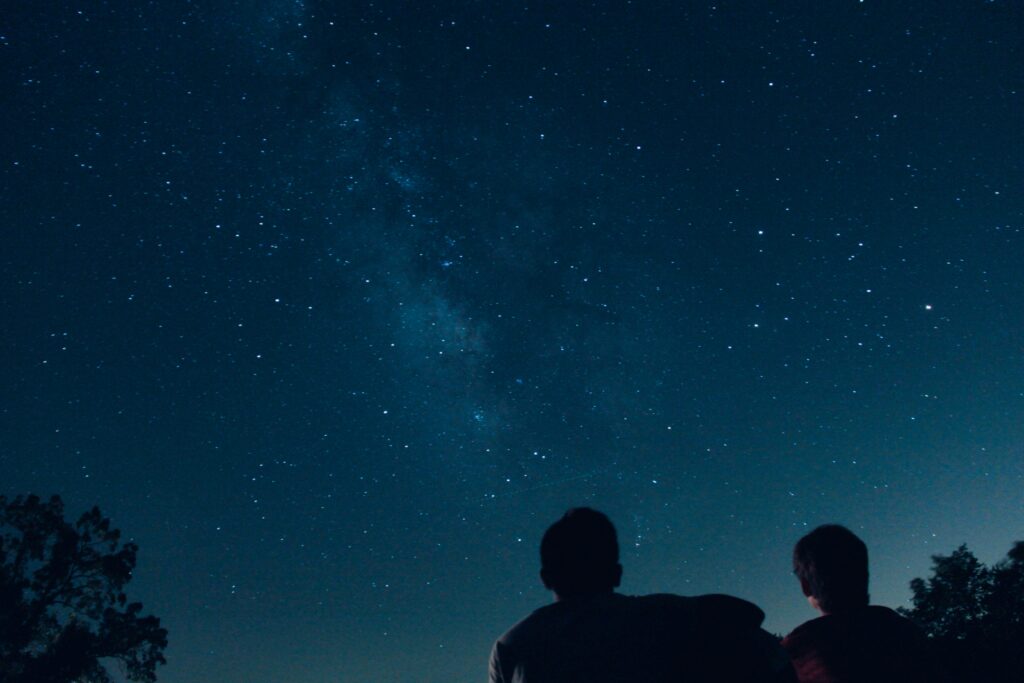
How do I stargaze?
To stargaze, you must go somewhere far from skyglow of the city lights and watch the sky. Your eyes will take some time to adapt to the darkness, but then you’ll be able to spot things with the help of apps and charts (and expert tour guides). A red flashlight can help you see in the dark without spoiling night vision.
What is the best time for stargazing?
You want velvety, black darkness, which is usually (but not always) achieved in cold weather on cloudless nights. Light pollution makes it difficult to see the breadth of what the sky has to offer, so avoid bright moonlight by stargazing just after a new moon. When looking for dark skies, you’ll hear references to the Bortle scale, where 1 is the darkest sky available on Earth and 9 is an inner-city sky.
You may also enjoy reading: Five best National Parks in the world you can discover with Luxury Gold
10 Best Places for Stargazing in the World:
1. Jasper National Park, Canada
Located just above Banff National Park, spectacular Jasper is a UNESCO World Heritage site and 97% of it is a designated wilderness area, free of light pollution, so life-affirming night skies are all but guaranteed. On our Majesty of the Rockies journey, we spend three nights at the Fairmont Jasper Park Lodge, where the restored heritage cabins make a cosy base to return to after a long evening letting your mind wander along the Milky Way.
2. Iriomote-Ishigaki National Park, Japan
In Okinawa, Japan’s southernmost park is a subtropical archipelago of evergreen forests, mangroves and coral reefs, with flashes of white sand. After a day drifting through a maze of mangroves in a canoe, the sky opens to you. Just as the park provides refuge for threatened plant and animal species, its residents, tour operators and government agencies also work hard to boost conditions for stargazing. Explore the possibilities of a Luxury Gold journey to Majestic Japan.
You may also like to read: The Most Beautiful National Parks in Western Canada
3. Pic du Midi, France
This is a mountain in the French Pyrenees which is crowned with an iconic observatory. It’s not only one of the best places for stargazing in the world, it’s the oldest high mountain astronomy observatory in the world, and it’s where the moon’s map was drawn up for NASA in 1969. It’s one of the best stargazing sites in the world both practically and culturally. All year round guests can take a cable car to the peak for an otherworldly high-altitude experience – a must for amateur astronomers.
Bookmark for later: The 30 Most Beautiful Places in the World You Need to Visit
4. Aoraki Mackenzie International Dark Sky Reserve, New Zealand
This is the largest reserve in the Southern Hemisphere with pristine dark skies. It’s comprised of Aoraki, Mount Cook National Park and the Mackenzie Basin, Lake Pukaki and Lake Tekapo. The dramatic, Lord of the Rings landscape features enormous glacial lakes and golden tussock grasslands flanked by snow-capped mountains. It’s the ideal setting for a little cosmos-watching and celestial magical.
5. Kiruna, Sweden
At the top of Sweden, in the province of Lapland, Kiruna is an arctic city surrounded by forests, marshes, lakes, rivers and mountains. It’s a popular stop for those chasing the Northern Lights or seeking the Midnight Sun, so naturally it’s one of the best places for stargazing, too – essentially a one-stop-shop for all your worldly wonders. Come for the polar night which lasts for 28 days between December and January – it’s completely dark every day save for a few hours of bluish twilight.
6. The Atacama Desert, Chile
This cool, arid plateau glows with fiery oranges and reds, particularly as the sun sets. And once the sun’s done its thing, the landscape transforms into an amateur astrologist’s playground, with its high altitude, minimal light pollution and dark skies offering mesmerising sights wherever you turn. At the San Pedro de Atacama Celestial Explorations (SPACE) open-air observatory, a large selection of telescopes are set up at different angles.
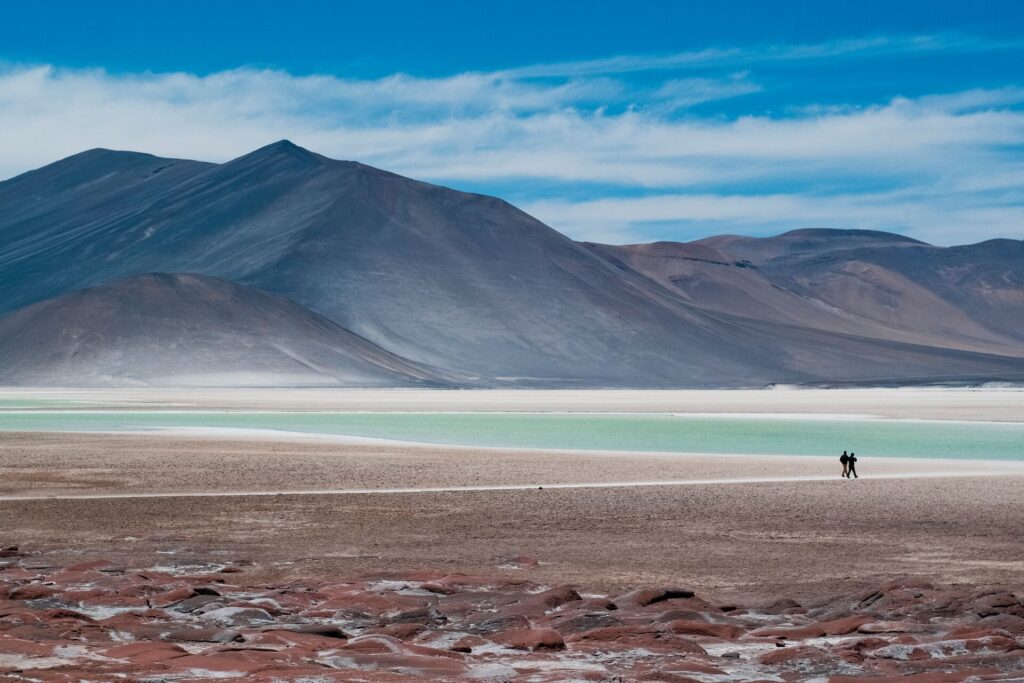
7. New Mexico Dark Skies Trail, USA
Stargazing opportunities abound in and around the colorfully named Pie Town in New Mexico. It’s been called the dark skies trail since 2017, but the skies have been darker for much longer than that. The best places for stargazing include the Cosmic Campground which has an epic, starry spot that is designated by DarkSky International (IDS) as a Dark Sky Sanctuary. It often hosts public star parties and invite serious stargazers to bring their telescopes.
8. Kruger National Park, South Africa
South Africa’s Kruger National Park is one of the world’s greatest wildlife-spotting destinations by day and one of the best places for stargazing by night. In the dry winter months, the sky is festooned with stars, blanketing the horizon. The hazy, remarkable band of light that may make itself known to your eyes as early as dinnertime is the Milky Way. Our Spectacular South Africa journey includes a three-day safari in Kruger National Park.
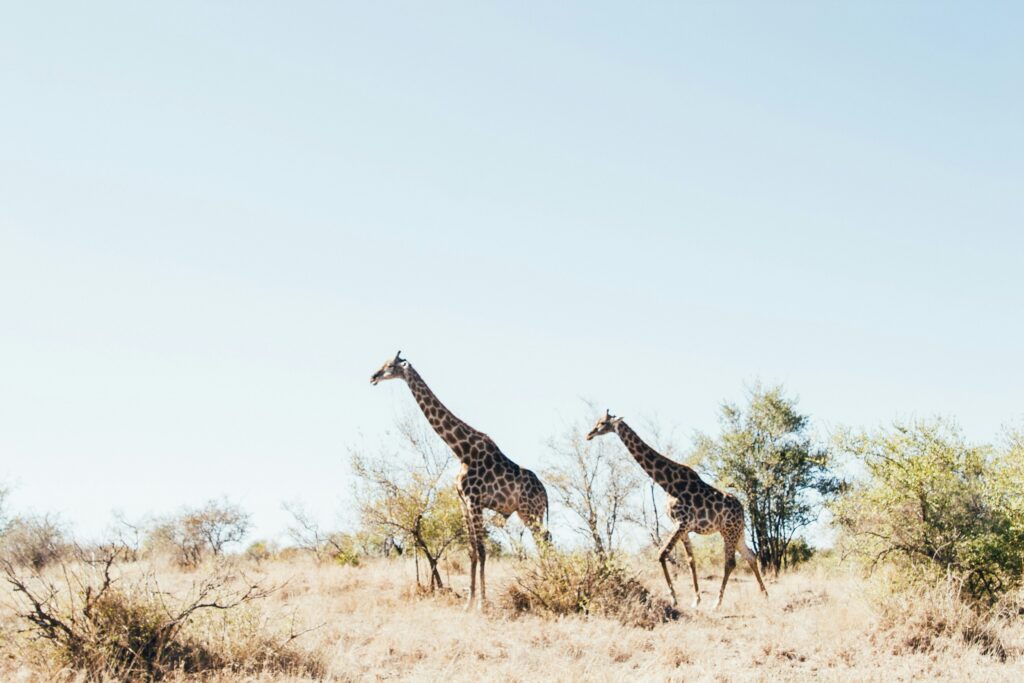
9. Zselic National Landscape Protection Area, Hungary
Established in 1976 to protect the natural assets of the North Zselic region, this park encompasses over 9,000 hectares. The Triangulum Galaxy can be seen without telescopes on the clearest nights, and the zodiacal light – a glow of diffuse sunlight scattered by interplanetary dust – is visible in spring and autumn.
10. NamibRand Nature Reserve, Namibia
This one is a private nature reserve established to help protect and conserve the unique ecology and wildlife of the south-west Namib Desert. It has been designated a Gold Tier International Dark Sky Reserve by the International Dark Sky Association. There is minimal tourism on the reserve but at Kwessie Dunes Lodge each bedroom has a special space for stargazing, which is completely open to the sky.
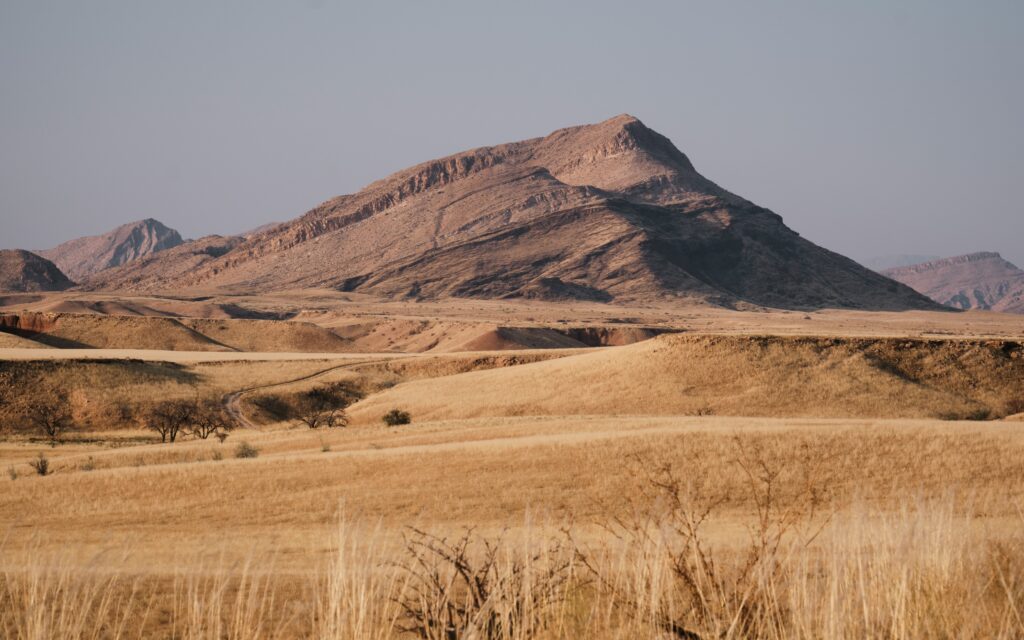
Feeling inspired to see the world in all its glory? Take a look at our collection of small group luxury journeys.



